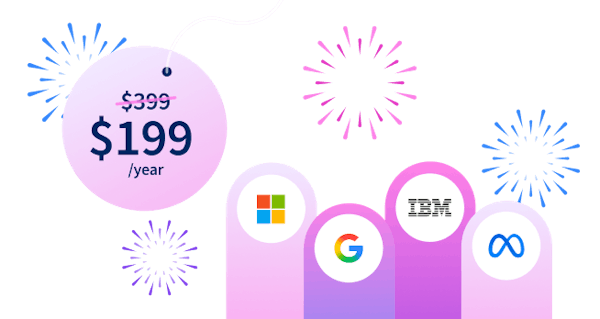"The Semantic HTML & Accessibility course is designed for web developers and designers who want to build inclusive, high-performing websites using modern HTML standards. Even if you're new to accessibility or haven't explored semantic markup in depth, this course will guide you step by step to create structured, accessible, and search-optimized web content.
In the first module, you'll explore the foundations of semantic HTML, including the difference between semantic and non-semantic tags, the role of landmarks and headings, and how these elements support screen readers and search engines. You’ll also learn how ARIA roles enhance navigation and accessibility. The second module dives into performance and user experience. You’ll learn to optimize your pages using Core Web Vitals like LCP, CLS, and INP, apply responsive design with clean HTML markup, and implement features like lazy loading and native <dialog> modals to enhance interactivity across devices. The final module introduces modern enhancements such as Progressive Web Apps, Web Components, and structured data. You'll learn how to configure web app manifests, use Shadow DOM for component encapsulation, and prepare your site for global audiences with localization and SEO-friendly markup. By the end of this course, you will confidently: 1. Structure web pages using semantic HTML tags that improve readability and SEO 2. Enhance accessibility using ARIA roles, keyboard navigation, and best practices 3. Optimize performance with Core Web Vitals, responsive design, and lazy loading 4. Use modern HTML features like <dialog>, custom elements, and Shadow DOM 5. Build inclusive, future-ready websites aligned with accessibility and SEO standards This course is ideal for those who: - Want to build accessible, inclusive websites using modern web standards - Have basic HTML knowledge and want to deepen their skills in semantic and responsive design - Are frontend developers, designers, or marketers focused on SEO, UX, and accessibility - Are preparing for roles in web development or upgrading existing sites to meet modern guidelines This course empowers you to go beyond basic HTML and build websites that are not only functional and beautiful, but also accessible, discoverable, and performance-optimized for every user. Disclaimer: This is an independent educational resource created by Board Infinity for informational and educational purposes only. This course is not affiliated with, endorsed by, sponsored by, or officially associated with any company, organization, or certification body unless explicitly stated. The content provided is based on industry knowledge and best practices but does not constitute official training material for any specific employer or certification program. All company names, trademarks, service marks, and logos referenced are the property of their respective owners and are used solely for educational identification and comparison purposes.

















